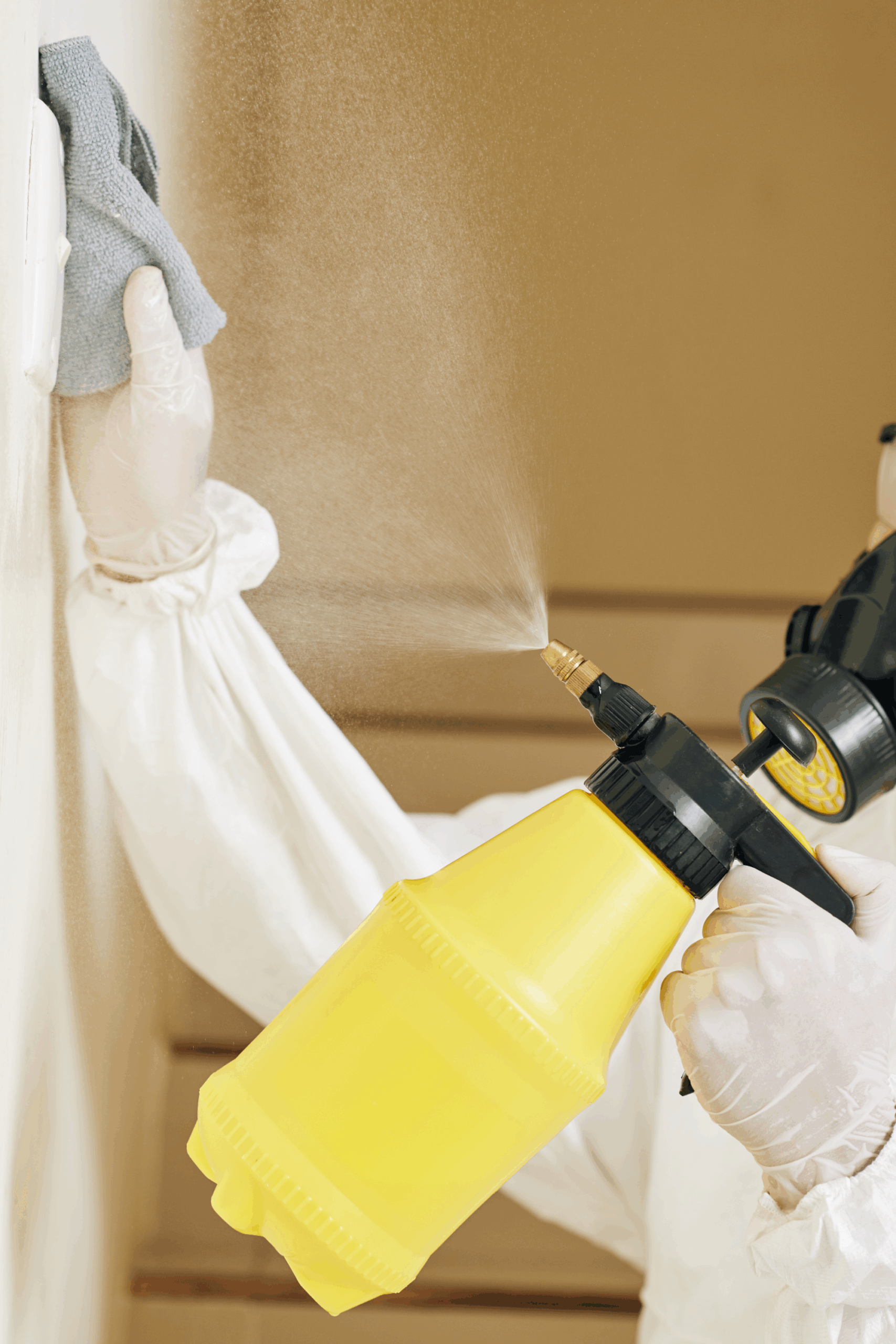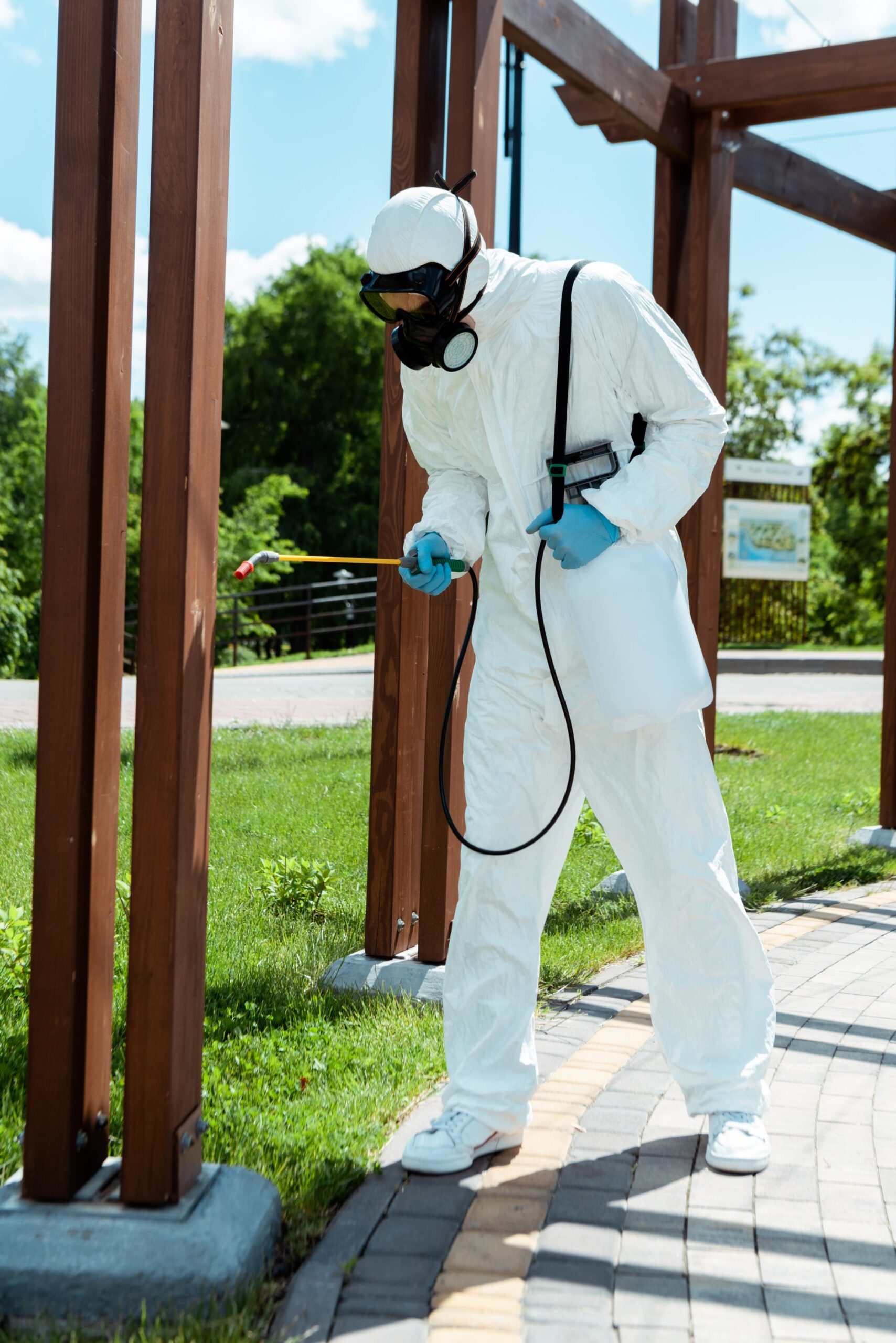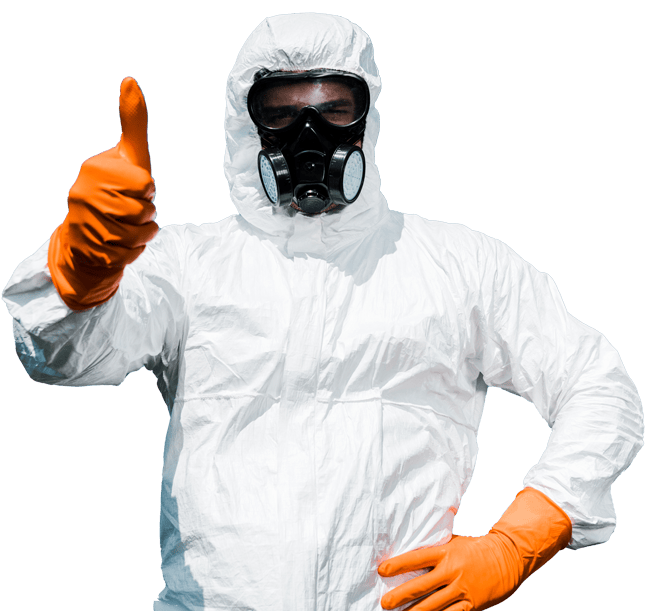Serving Klang Valley with eco-friendly pest solutions that protect your family and property

From tiny ants to destructive termites, Beta Ray Pest Control handles all common household and commercial pests found in Malaysia. Our experienced technicians are trained to identify, treat, and prevent infestations of any size using safe, effective methods.





What Are Termites? Small, pale insects that live in large colonies and feed on wood, causing significant structural damage to buildings. Also known as “white ants.”
The Threat:
Types of Termites:
Warning Signs:
When to Act:
Treatment Options:
What Are Ants? Small insects that usually live in complex social colonies with one or more breeding queens. They are wingless except for fertile adults, which often form large mating swarms, and are known for their industriousness.
The Problem:
Warning Signs of Infestation:
When to Act:
Treatment Methods:
What Are Cockroaches? Beetle-like insects with long antennae and legs that feed by scavenging. Several tropical species have become established worldwide as major pests in homes and food service establishments.
Health Risks:
Warning Signs of Infestation:
When to Act:
Treatment Methods:
What Are Mosquitoes? Slender, long-legged flies with aquatic larvae. Bloodsucking females have tube-like mouthparts (proboscis) that pierce skin to consume blood. They are small, midge-like flies from the Culicidae family.
Health Risks:
Warning Signs of Infestation:
When Infestations Occur:
When to Act:
Treatment Methods:
What Are Rats? Rodents that resemble large mice, typically having a pointed snout and a long, sparsely haired tail. Some species have become cosmopolitan and are sometimes responsible for transmitting diseases.
Health Risks:
Warning Signs of Infestation:
When to Act:
Treatment Methods:
What Are Flies? Flying insects of a large order characterized by a single pair of transparent wings and sucking mouthparts. Flies are noted as vectors of disease. The common house fly is medium-sized (1/6 to 1/4 inch long) and is a pest all over the world.
Physical Characteristics:
Health Risks:
Where They Come From:
Warning Signs of Infestation:
When to Act:
Treatment Methods:
What Are Geckos? Insect-eating lizards found in almost every household. Have pads on toes that enable them to cling to smooth surfaces or stay inverted on ceilings using microscopic hook-like projections.
Benefits vs. Problems:
Warning Signs:
What Are Bed Bugs? Small, oval, brownish insects that live on the blood of animals or humans. Adult bedbugs have flat bodies about the size of an apple seed. After feeding, their bodies swell and turn reddish in color.
Behavior & Characteristics:
Where They Come From:
Warning Signs:
When to Act:
Treatment Methods:
What Are Dog Ticks? Small brown parasitic organisms that live in wooded areas and fields. These organisms need blood from humans or animals to survive.
Health Risks:
Behavior & Characteristics:
Warning Signs of Infestation:
Where They Come From:
When to Act:
Treatment Methods:
What Are Cat Fleas? Small sucking insects ranging from 1-2 mm long, usually reddish-brown in color (though this can vary). The cat flea (Ctenocephalides felis) is one of the most abundant and widespread species of flea on Earth. The cat flea’s primary host is the domestic cat.
Characteristics:
When to Act:
Treatment Methods:
What Are Wood Borers? A diverse group of insects that bore into trees and shrubs, completing their development either under the bark, or inside the sapwood or heartwood. Wood borers can be classified into several groups: wood boring beetles, ambrosia beetles, moths, and horntail wasps.
The Problem:
Warning Signs of Infestation:
Areas to Check:
Treatment Methods:
What Are Birds? Warm-blooded egg-laying vertebrates distinguished by the possession of feathers, wings, and a beak, and typically able to fly.
The Problem:
Warning Signs of Infestation:
Characteristics:
When to Act:
Treatment Methods:
What Are Snakes? Legless reptiles related to crocodiles and lizards. Their bodies are covered with scales and they can swallow other living things much bigger than their head.
Behavior:
Treatment:
What Are Bees, Wasps, and Hornets?
Benefits vs. Risks:
Warning Signs of Infestation:
Where They Nest:
Prevention:
What Are Silverfish? Insects that feed on starch, resulting in damage to paper, fabrics, glues, organic materials, silk, and some synthetic fabrics.
Where Found:
Health Risks:
Book Lice
What Are Book Lice? Barely visible bugs that feed on lichens, fungi, and paste used for book bindings – classic book destroyers.
Where Found:
Characteristics:
Treatment: